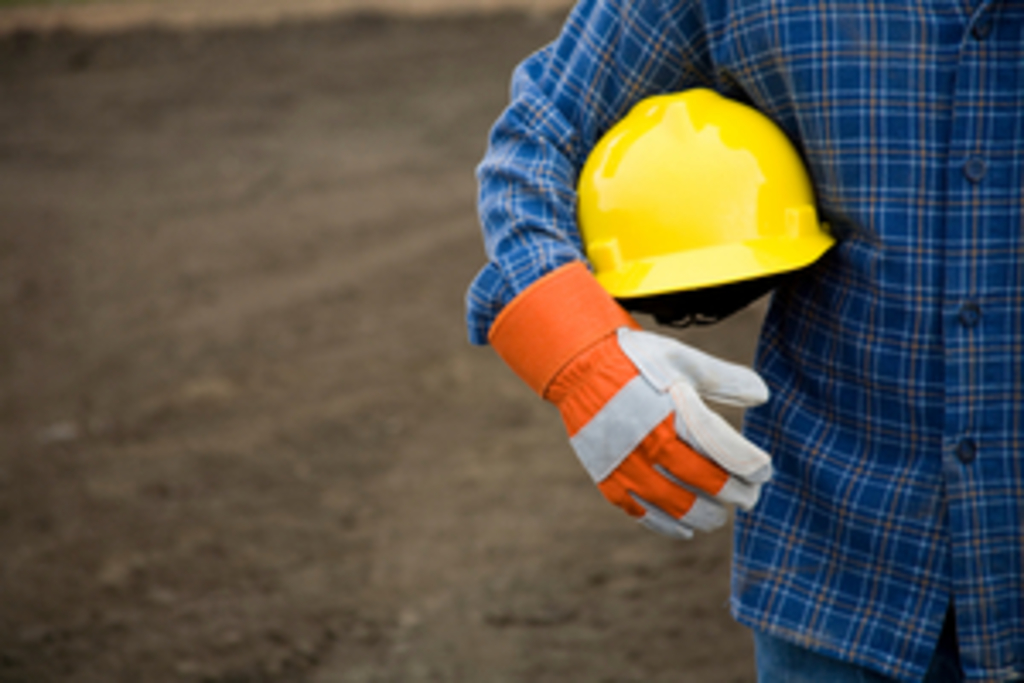
Kelly Rose
Editor

Kelly Rose
Editor
AS AN employer, it’s important to keep on top of health and safety legislation; The Health and Safety at Work Act (HASAW or the HSW) was introduced in 1974 and acts as the main piece of legislation signed by Parliament to protect employees in the workplace from injury or death.
For employees, it states that employers have a duty of care ‘to ensure so far as is reasonably practicable, the health, safety and welfare at work’ of all employees. As a go to guide for all employees, we’ve collaborated with United Carlton – providers of visitor management systems, in order to ensure that your employees stay safe at work.
What you should know
As an employer, these are the essential things that you should know:
All potential risks to the health and safety of employees should be documented within a risk assessment. For whoever is in direct contact with these potential risks, then the risk assessment should be coordinated with these employees.
If anything should go wrong at work, then your employees should know who is their first contact and who is responsible. This information should be given to employees in both a written and formal form.
At all times, employers and employees should work together to make sure that the working environment is kept safe at all times and that risks are kept to a minimum, this can be done by tidying up after themselves and making use of local skip hire to take care of all of the rubbish.
Employees should be provided with all of the health and safety training that they need, and this should be free of charge.
Equipment, clothing and tools should be provided for employees free of charge. This is so they can do their job properly, efficiently and safely.
In case anything should go wrong, employees should be provided with first aid kits or insurance to cover injuries or illnesses that occur at work.
Remember these things as an employer
Follow up any training. Are your employees always demonstrating that they understand the health and safety training through their working practices? Through the course of the day, do they keep their practice consistent in coordination with the training they were given? Furthermore, do employees use tools in the correct way? If trained correctly, then employees should look after materials provided for them, and should make sure that all work property is cared for.
Employee relationships with each other. Do employees work together in a way that ensures their own safety and their colleagues? Always check that employees are respectful and conscientious of each other before anything else, especially when working in mechanical or other high-risk jobs. No task in the workplace should be at the risk of another employee.
Your relationship with employees. In regards to the health and safety legislation that you’ve provided, are employees cooperating or rebelling against the standards set? During training sessions, are employees listening, or are they negligent of the legislation that has been relayed to them? If this is the case, then your communication channels need to be clearer, or you need to demonstrate to employees the importance of health and safety at work and how it can keep them and others safe in the workplace.
As an employer, do you listen? By listening properly, are you addressing when employees have come to you as an employer with a problem relating to health and safety. This could be document in written form to ensure that the same problems are not repeated in the future. Ensure that employees are encouraged to report incidents or potential incidents when they see them; equipment inadequacies, inadequate training, and an employee’s incompetency to follow procedure should all be spotted by other employees.
Sources:
